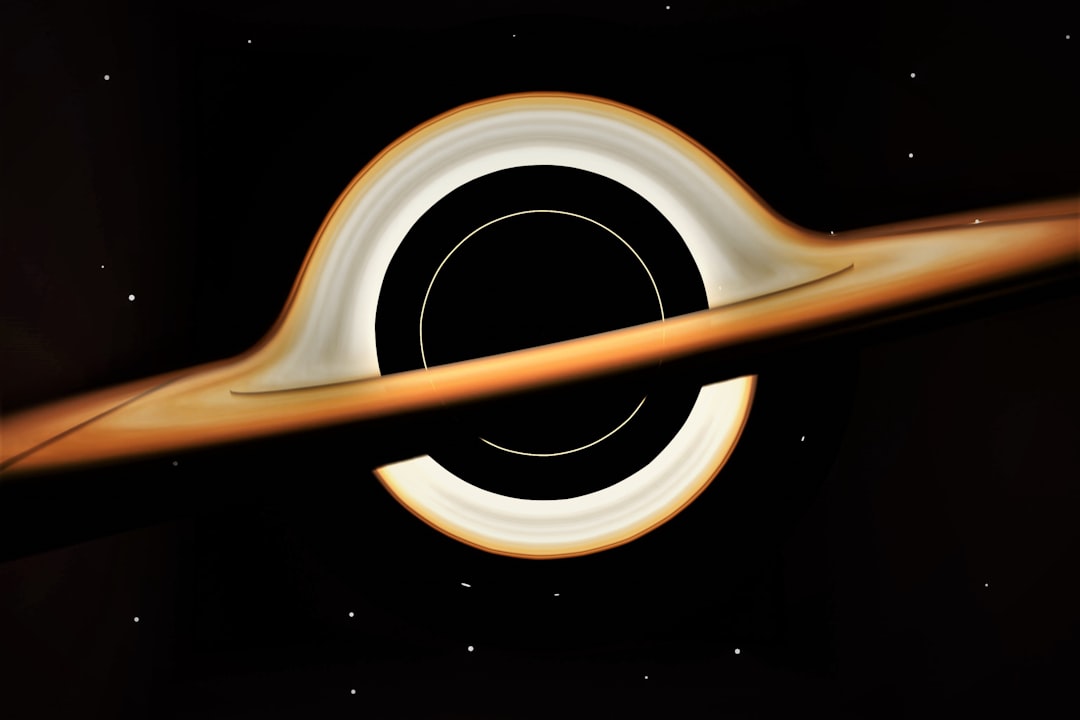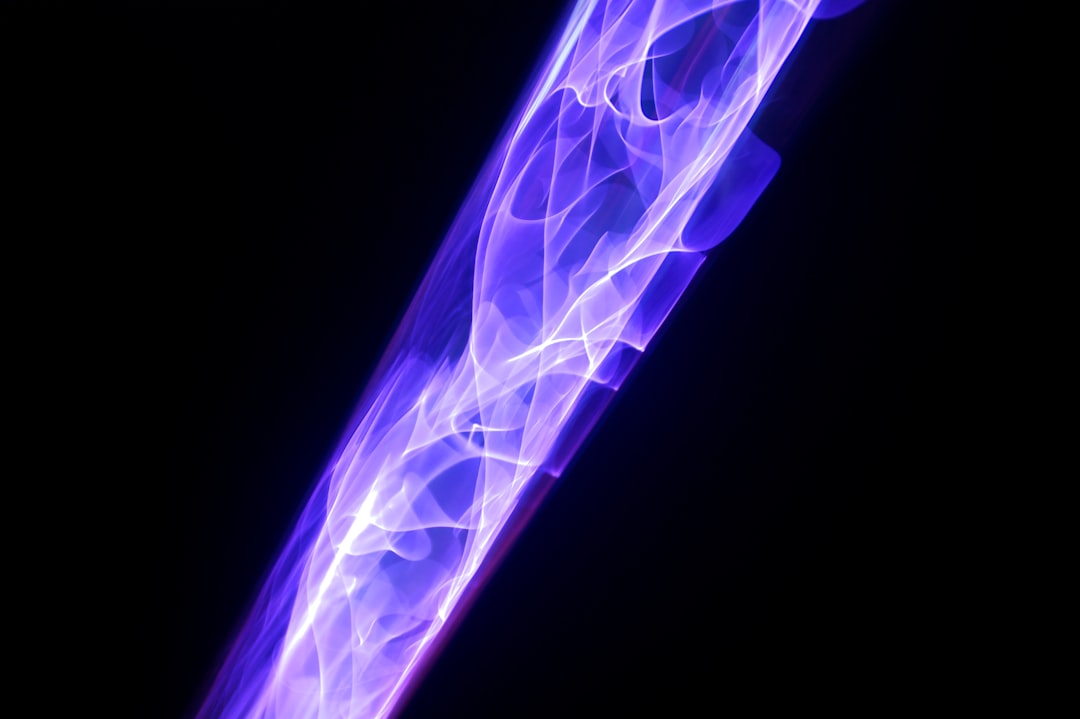What is it about?
The paper has investigated the possibility of fusion inside a deuterium ion beam, initially having almost no thermal energy and subjected to an external focusing electric field. At equilibrium, the electric field triggers collisions among the ions thereby spreading the energy of the particles. In absence of the electric field, such spreading is attributed to the Coulombic interactions. Fusion can be initiated in the proposed system, when the fusion time becomes comparable to the ion energy confinement time. Calculations show that for ion energies greater than 160 keV, the gain may be greater than 10, provided the ion density is ~10^15/cc. Unlike commonly used fusion devices, where high temperature (~10 keV) of a Maxwellian plasma is essential for obtaining appreciable two body scattering cross section, the proposed scheme relies on only high energy ion accelerator. The paper aimed at formulating and investigating the non-equilibrium distribution function, characteristic of a compressed beam, such that the conditions that can lead to a physically significant two-particle scattering cross section leading to thermonuclear fusion could be found. Firstly, the distribution function of the ion beam is formulated using the basic principles of ‘classical thermodynamics and statistical mechanics’, and a number of parameters, viz. reaction rates, various time scales, collision cross sections, particle loss from the reaction zone, and energy gain, have been analyzed in view of the feasibility of the proposed scheme to be used for effective power generation. Answer to the most sought after query i.e. how the proposed distribution function (which is non-Maxwellian and a modified form of Tsallis distribution)can lead to effective power generation through fusion of deuterium ions initially accelerated in the form of a beam and then perturbed by an external electric field is the novel outcome of the paper. Calculations show that the upper cutoff energy is about 26 times higher than that of the beam energy, which, on the other hand is roughly 10^12 times higher than the thermal energy of an ion while triggering fusion. It is found that such ion beam, when subjected to an appropriate external electric field, possess much higher number of particles at the high energy tail of the particle distribution function as compared to a normal Maxwellian distribution. Such a situation may lead to enhanced reactivity of the system especially when the beam energy is more than 130 keV. Finally it is estimated that with an input power of about 1GW and a beam current of about 105 A, one may ideally expect about 10 times energy gain out of the conceptually proposed electrostatic confinement reactor by applying an external electric field of 10^4 V/m directed perpendicular to the beam.
Featured Image
Read the Original
This page is a summary of: Investigation on the feasibility of fusion in a compressed beam of ions subject to an electrostatic field, Journal of Plasma Physics, July 2014, Cambridge University Press,
DOI: 10.1017/s0022377814000373.
You can read the full text:
Contributors
The following have contributed to this page










